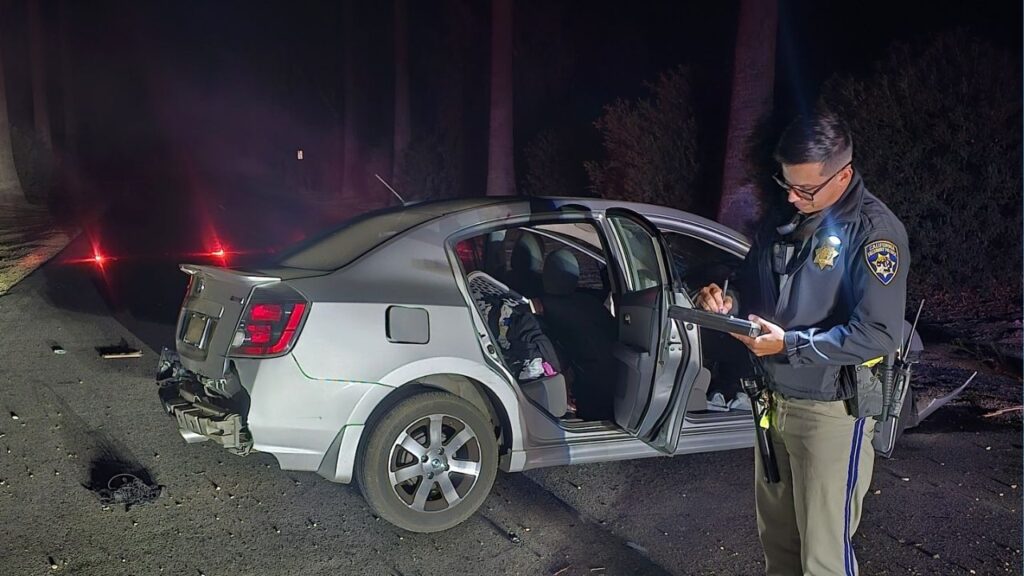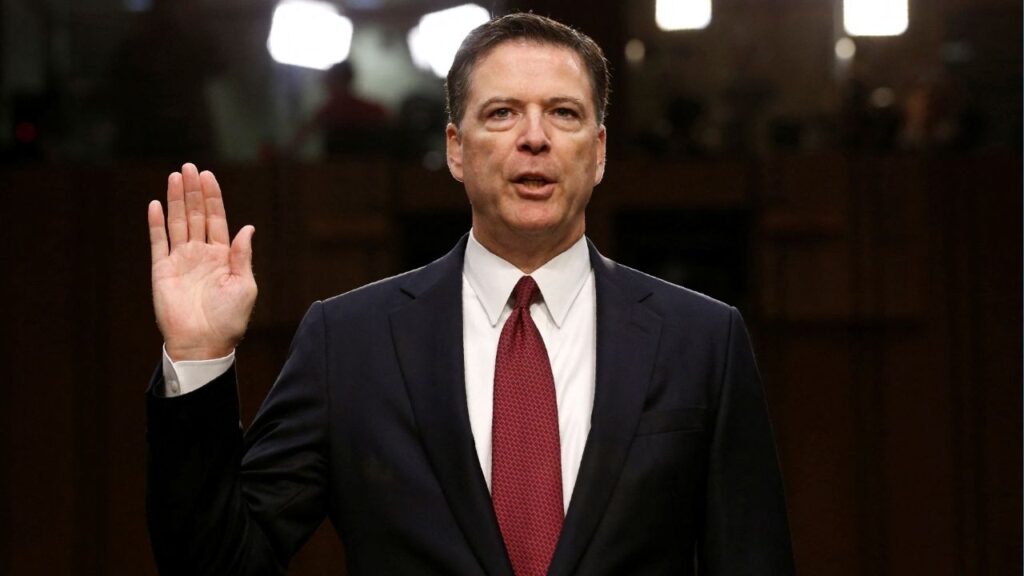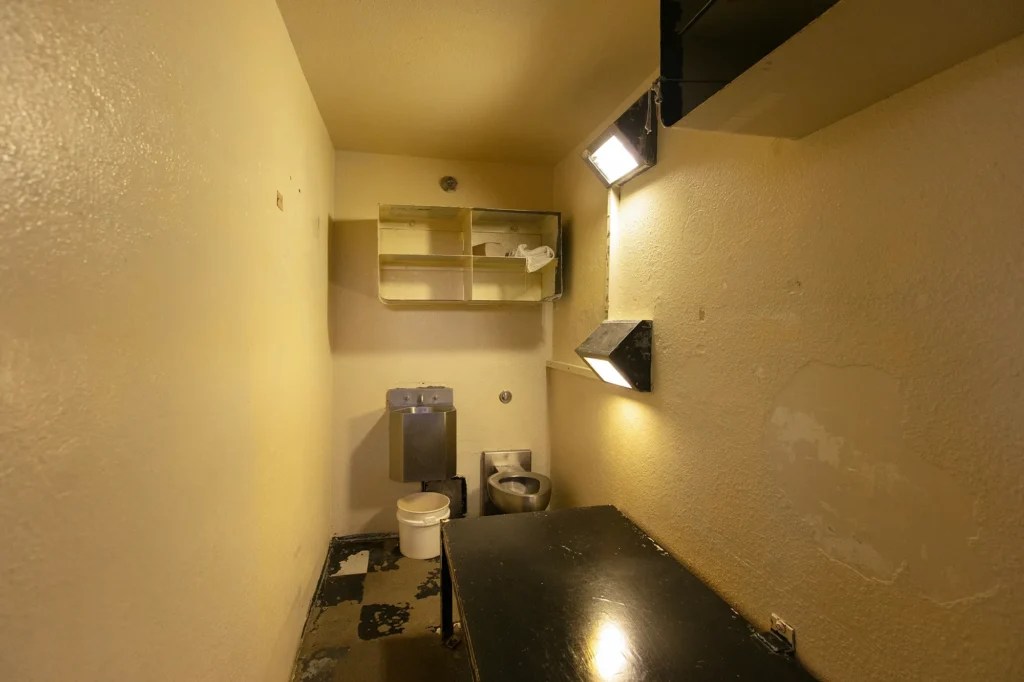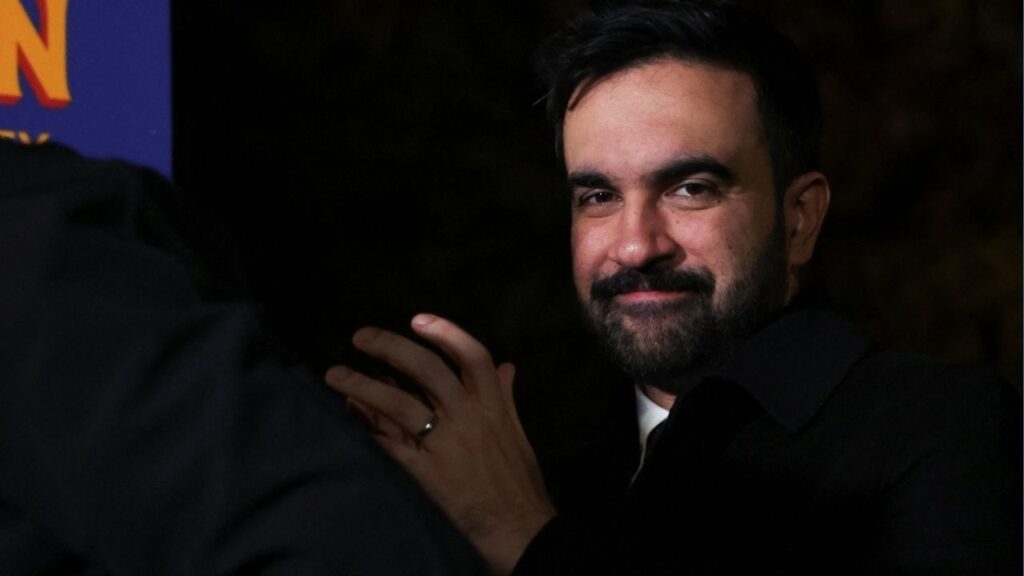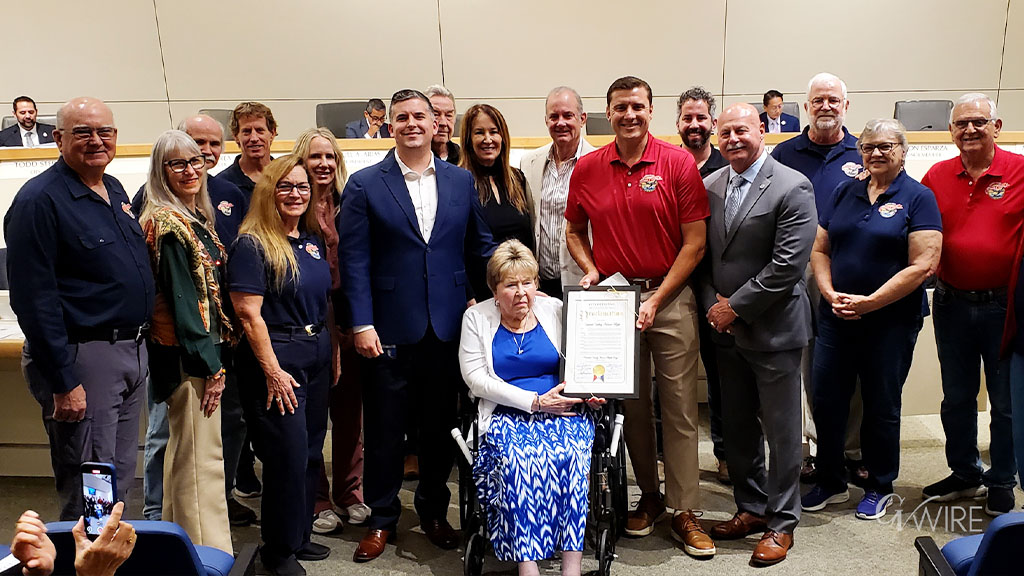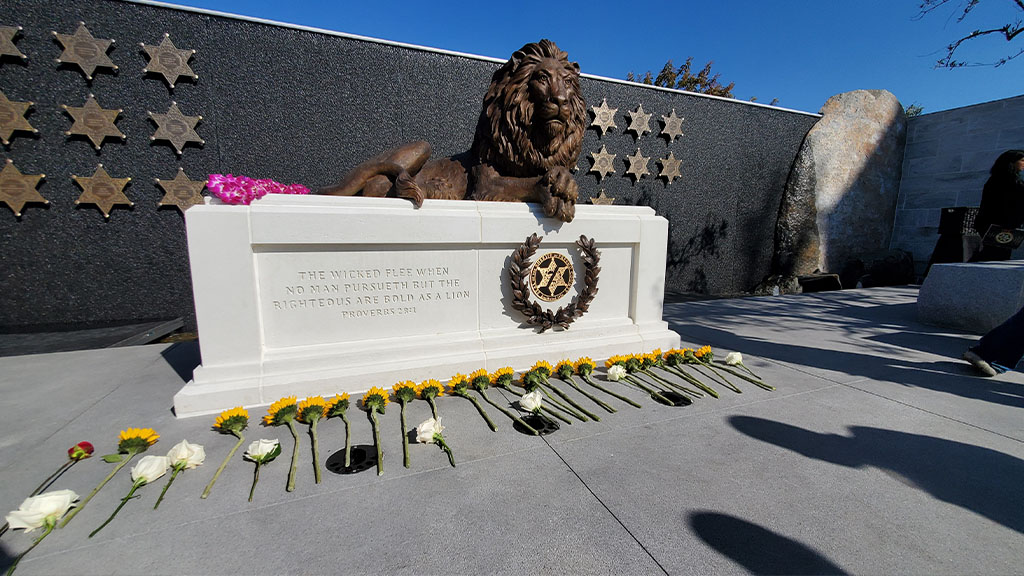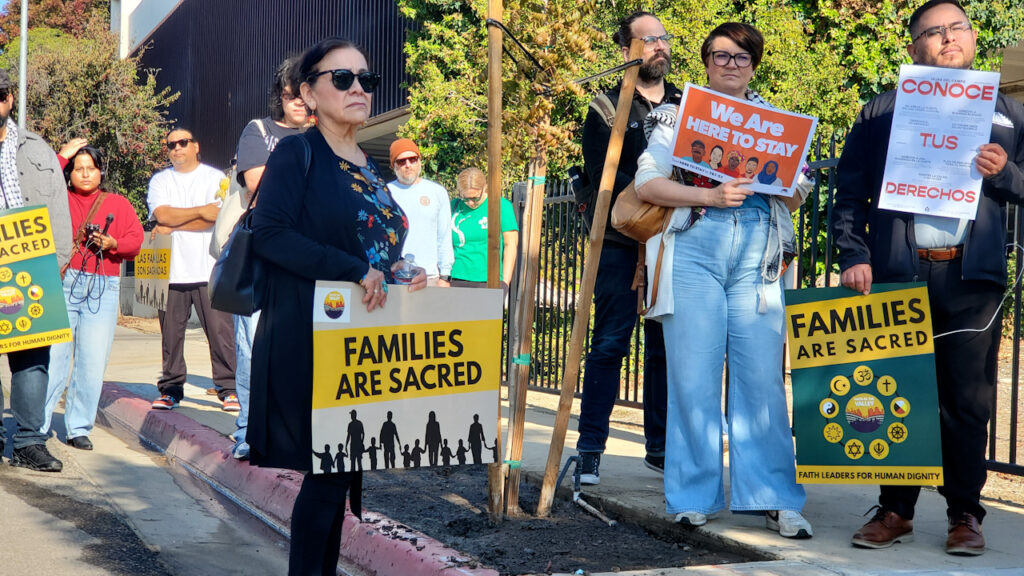Valley Crime Stoppers' Most Wanted Person of the Day: Yer Vue
Yer Vue is Valley Crime Stoppers' Most Wanted Person of the Day for May 28, 2025. (Valley Crimes Stoppers)
Share
|
Getting your Trinity Audio player ready...
|
May 28, 2025
Most Wanted Person of the Day
Suspect Name: Yer Vue
Suspects Date of Birth: October 31, 1982
Physical Description: Asian Female, 5’ 3, 110 lbs., Black Hair, Brown Eyes.
Charges: Identity theft
Warrant Number: F24905783
Synopsis of the Case: Yer Vue is wanted on a felony warrant of identity theft.
If you know where Yer Vue is hiding, call Crime Stoppers at 498-STOP or go to www.valleycrimestoppers.org and click on submit a tip.
ALL TIPS ARE ANONYMOUS. Get cash if your tip leads to an arrest.
RELATED TOPICS:
Categories
Latest
Videos






